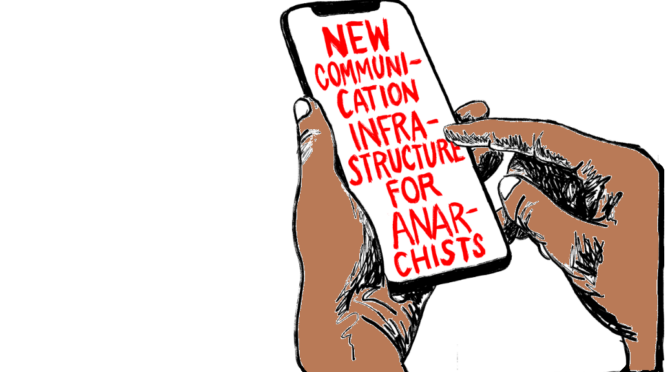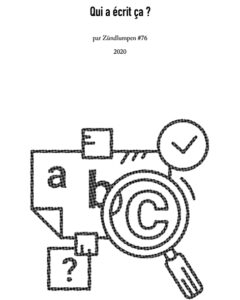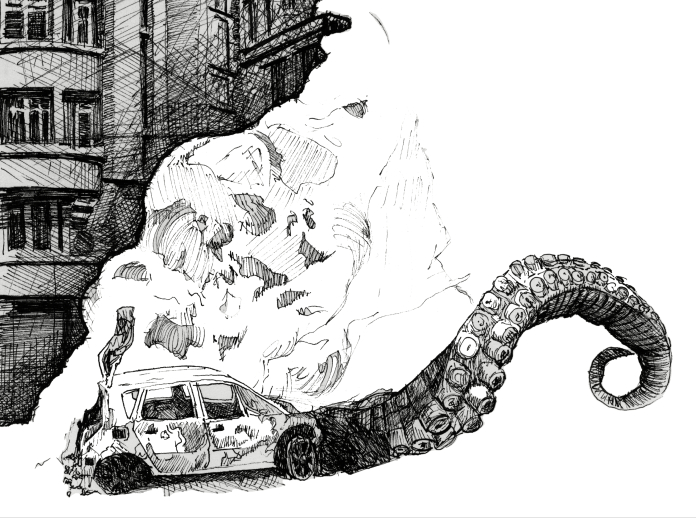Dark Nights recieves and transmits from our Indonesian comrades:
10th September
Java, Indonesia: Comrade arrested and accused of running anarchist counter info site

A comrade in Java has been arrested and accused of adminstrating ‘blackbloczone‘ ,an Indonesian focused anarchist website, a few days ago. The comrade is still being detained. The media scum have been up to their old tricks of degenerating our comrades’ name. Fire to the prisons! Free the comrade.
Bremen, Germany: In Rage and Solidarity with the Uprising in Indonesia

Attack on the Indonesian Honorary Consulate in Bremen. Against the rise of militarism and neo-fascism in Indonesia and everywhere!
On September 7, 2025, at around 2:15 a.m., we attacked the Indonesian Honorary Consulate in Überseestadt, Bremen, with paint fire extinguishers. With the slogan “Tantang Tirani!¹” we disappeared into the night.
On August 25, massive protests and unrest began in many parts of the Indonesian archipelago, triggered by the planned massive increase in salaries for the parliamentary elite. The protests were militant from the outset, but after the cops ran over and killed 21-year-old delivery worker Affan Kurniawan on August 28, the protests exploded into a massive uprising. Delivery workers, anarchists, and youth looted and burned down police stations, politicians’ homes, and government buildings. President Prabowo Subianto deployed the military, and at least six people have been killed by police and military forces so far. Continue reading “Continued updates about the Indonesian uprising, hostile American ‘semperincolumem.com’ & the rise of private intelligence agents”









